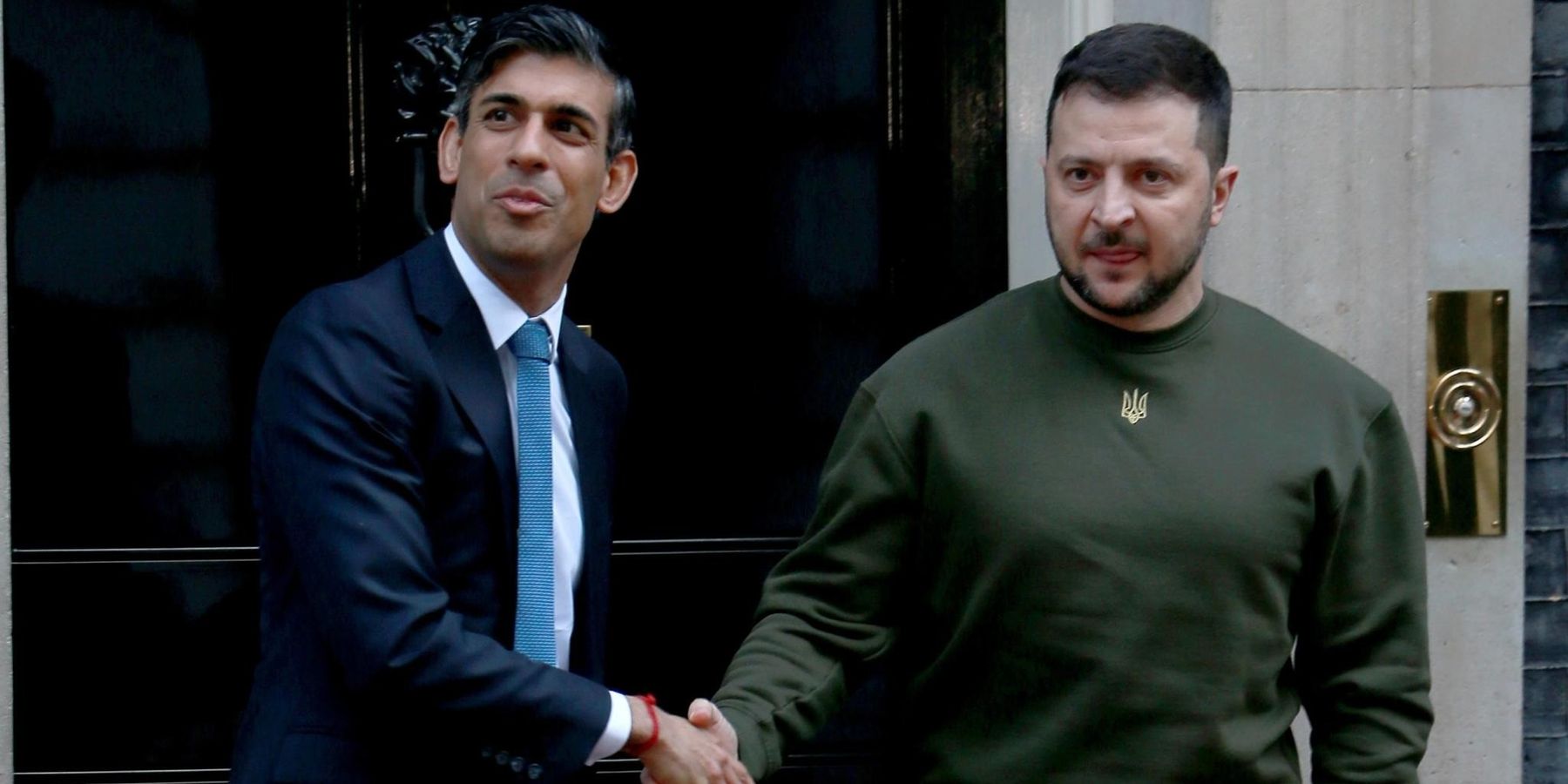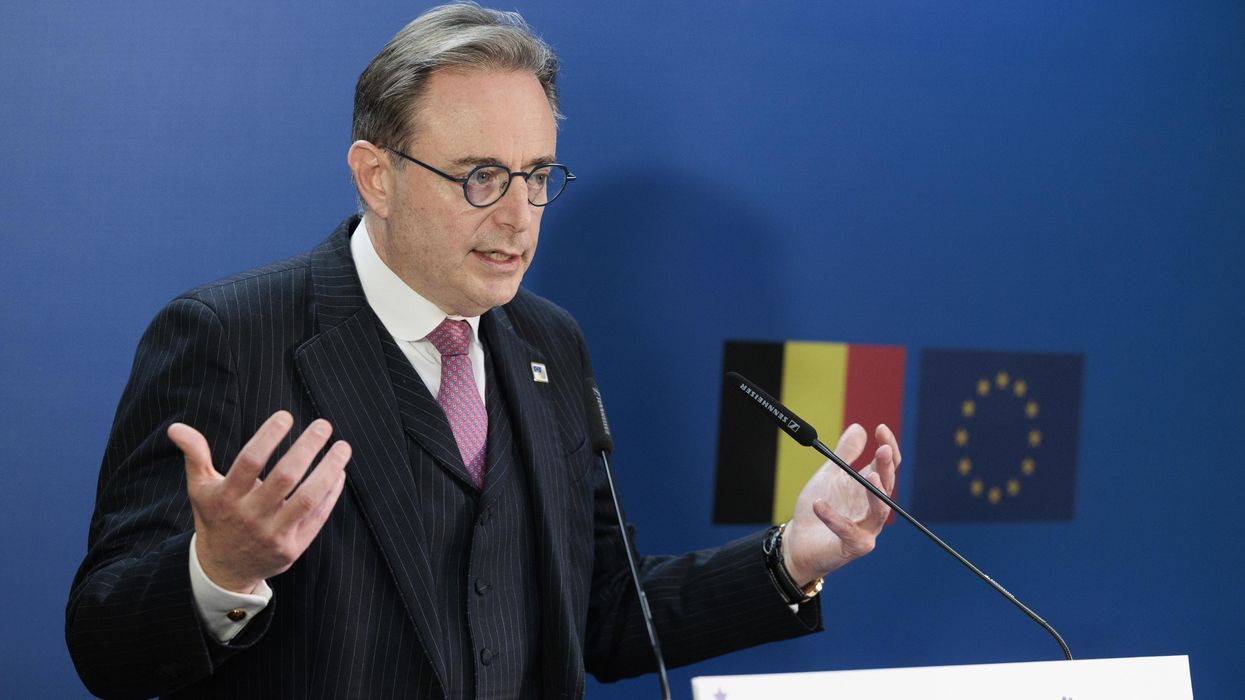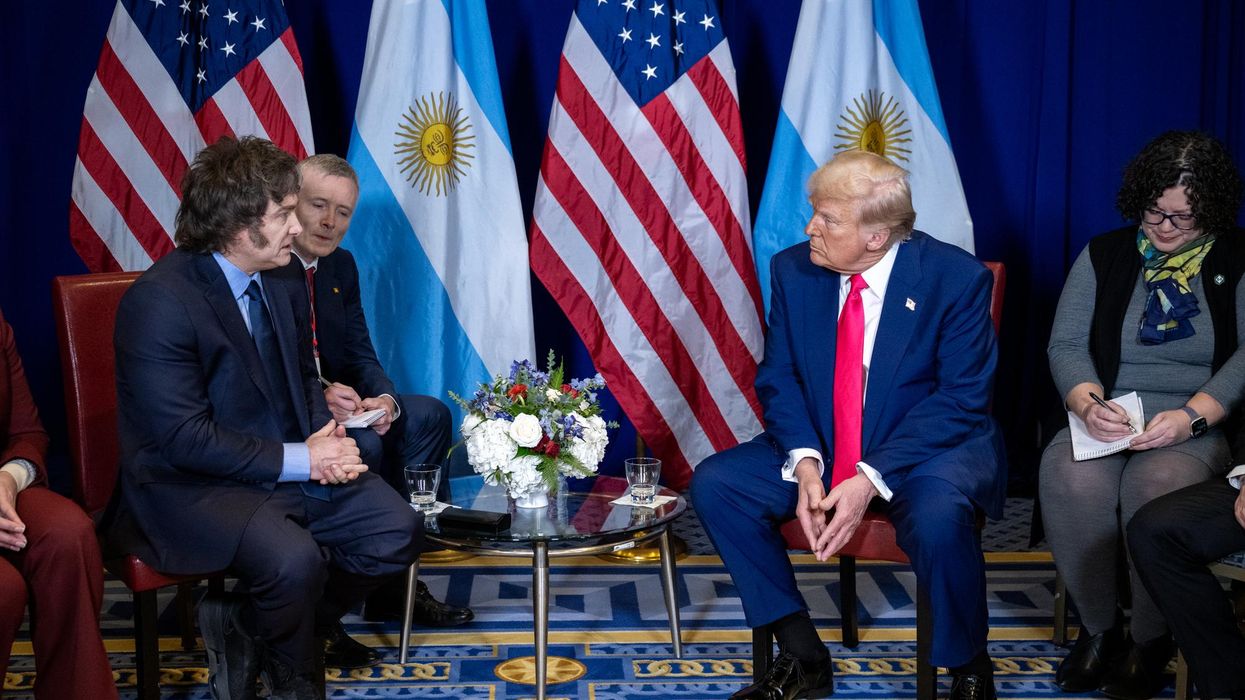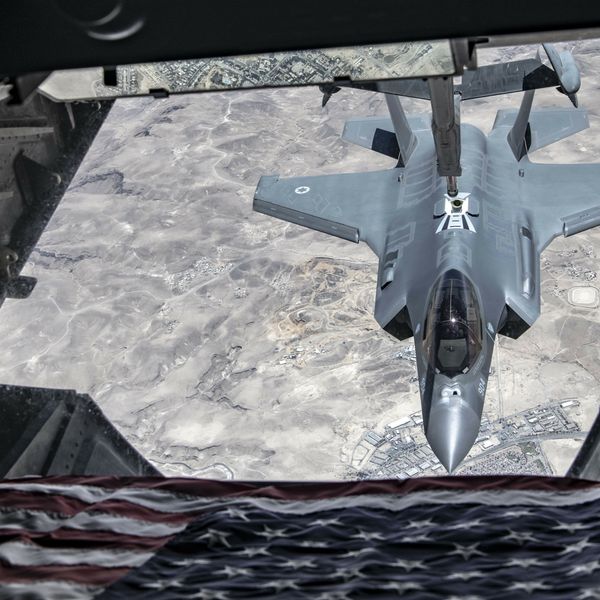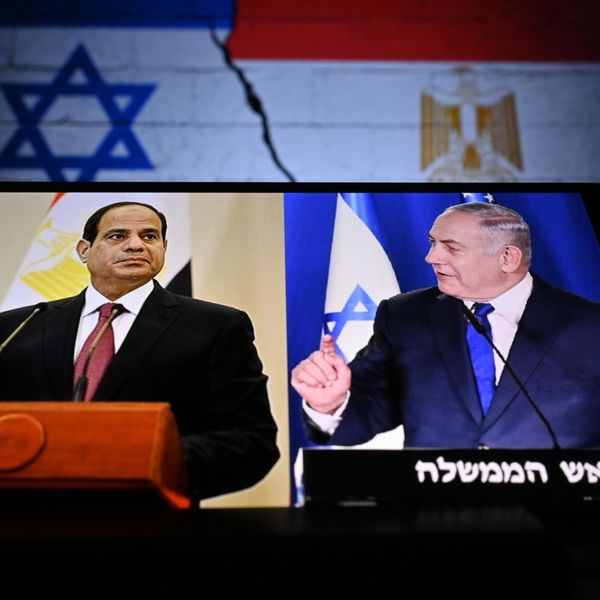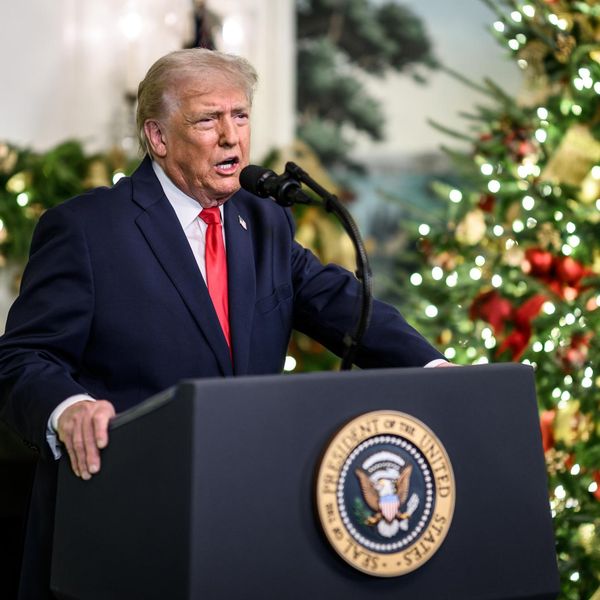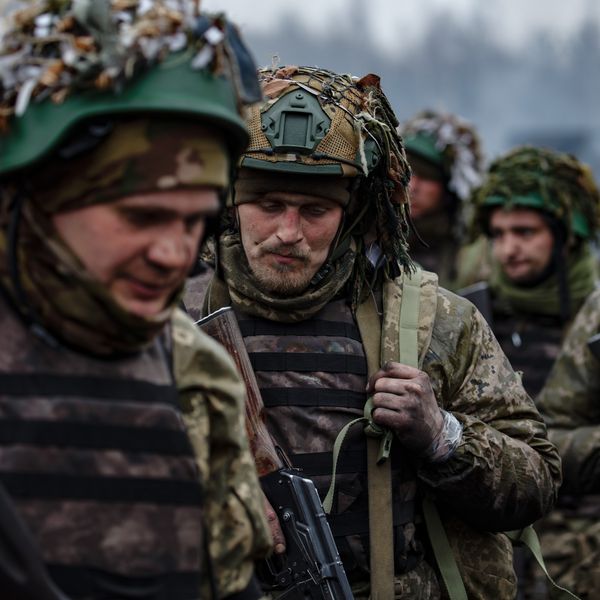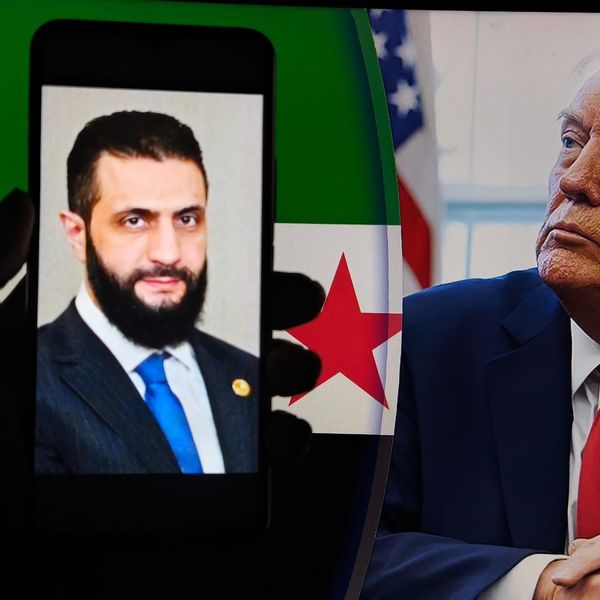Ukraine and the UK announced a security agreement Jan. 12, the first of its kind and one that Kyiv hopes puts it on a glide path into NATO.
British Prime Minister Rishi Sunak also increased military funding for Ukraine by 200 million pounds to 2.5 billion pounds in 2024-2025. Ukrainian President Volodymyr Zelensky called the deal an “unprecedented security agreement.” This seeming hyperbole is accurate. It is the first bilateral security pact involving Ukraine forged since the Russian invasion in 2022.
However, he then slipped into speculation, tweeting “If the UK and other countries had provided such a level of guarantees after 1991, there would have been no Russian aggression at all.”
Maybe. If such pacts had accelerated Ukraine’s entrance into NATO, before Russia recovered from its 1990s collapse, the 2022 invasion might never have occurred. However, all evidence from 2008 onward is that Moscow implacably opposed Ukraine joining NATO. If the West had moved in the 1990s to extend security guarantees to Ukraine, it is equally likely that Russia would have intervened much earlier — and if Russia was much weaker in the 1990s, so too was Ukraine.
Elements of the new UK-Ukraine security pact, like intensified intelligence sharing, have already made Moscow suspicious that the West intends to end-run a possible NATO membership, that is, to supply Ukraine with actual NATO soldiers. Indeed, the pact’s announcement drew a swift response from Kremlin hard-liner Dmitry Medvedev — no stranger to hyperbole himself — accusing London of planning just that, and threatening a nuclear response.
So what does this bode for the war’s future? Nothing good. It is not that the UK on its own can guarantee anything to Ukraine, let alone sufficient military aid to maintain Ukraine’s defense. (The British army now has only around 150 main battle tanks and in 2022 Britain’s production of artillery shells for the entire year was less than the number expended by Ukraine in a three-day period at the height of the counteroffensive. Contracts inked in 2023 to ramp up will take an estimated two years to fulfill.)
Rather, this British move will create yet another impediment to the opening of peace talks, both by increasing Russian distrust and by strengthening opponents of talks elsewhere in Europe.
The Kremlin’s goal of keeping Ukraine out of NATO has been consistent since peace talks collapsed in spring of 2022, and this latest British assault can only serve to slow Russian willingness to end combat and talk. Indeed, there’s little evidence right now that Moscow intends to cease fighting; this new security deal only makes things worse. As Anatol Lieven of the Quincy Institute tells me in an email, “Although as far as London is concerned much of this agreement is just the usual British play-acting as a great power, it could have serious consequences in the real world.”
In short, it’s a provocation. The British announcement comes at an especially bad time, too, amid reports that the Biden administration wants to start moving toward a negotiated settlement to end the war. This security pact ensures that no such settlement will be forthcoming soon. Because if it sketches out the West’s general refusal to contemplate a neutral Ukraine, it’s hard to see Moscow backing off.
Indeed, on Jan. 15, came news of the “Moldova Highway” between Ukraine and Romania. According to reports this highway will greatly speed the time needed to transfer U.S. weapons and equipment to Ukraine.
In addition to the security agreement funds, this pact promises “swift and sustained” help for Kyiv, if Moscow attacks again. It also advocates Ukraine’s future NATO membership, provides “comprehensive assistance to Ukraine for the protection and the restoration of its territorial integrity within its internationally recognized borders,” including the maritime zone, rebuilding the economy, protecting citizens, preventing and deterring Russian military escalation, and support for Ukraine’s European integration, according to the agreement’s text.
Key elements are intelligence sharing, military and medical training, cyber security, and defense industrial cooperation. The UK’s commitment to provide thousands of military drones, “the largest ever,” according to Sunak’s office, doubtless also did little to advance peace negotiations.
In the context of President Joe Biden’s remarks two weeks ago about a “U.S.-Russia direct war” — and his earlier claim to congressional Republicans that if they failed to fund Ukraine, American and Russian soldiers would fight each other, in other words, World War III would erupt with all its dreadful nuclear implications — one might well conclude that Washington plans to follow London along the escalatory route.
“The stakes of this fight extend far beyond Ukraine,” Biden recently said, “and affect the security of both NATO and Europe.” That is an open question. There is little evidence that Moscow intends to invade other neighbors, though fears are often whipped up by the media and carelessly chattering politicians, only impeding the necessary shift toward diplomacy.
However, given the failure of Ukraine’s counteroffensive, and Russia’s slow, steady forward movement all along the line of contact, the U.S. has indicated an interest in talks in recent months. This is the wiser of the two courses currently, albeit schizophrenically, being signaled from inside the Beltway. Ukraine is running out of manpower, and European military cupboards are bare, since almost everything was shipped to Ukraine and destroyed by Russia, while Moscow’s wartime industrial base has expanded. Meanwhile, NATO is out of ammo. Talks now would likely secure a better deal for Ukraine than they would in six months or a year.
“It is now obvious to all that the Ukrainian summer counteroffensive failed. Meanwhile, as Russian military supplies have been ramping up, Ukrainian supplies have been dwindling,” notes Nicolai Petro, University of Rhode Island professor of comparative and international politics, in an interview. “This inevitably sets the stage for a potential Russian counteroffensive.”
But recognizing that requires a depth of Western realism for which there is so far little evidence. If Russia is the victor – and that is the path events currently follow – the Kremlin will dictate the terms. And Moscow has long made clear that it must talk with Washington, not just Kyiv. Time to salvage any aspect of this fiasco for the West is running out. New aggressive security pacts just make it run out faster.
- Diplomacy Watch: Did Boris Johnson help stop a peace deal in Ukraine? ›
- Diplomacy Watch: New revelations shed light on early talks ›
- Did the West deliberately prolong the Ukraine war? ›

